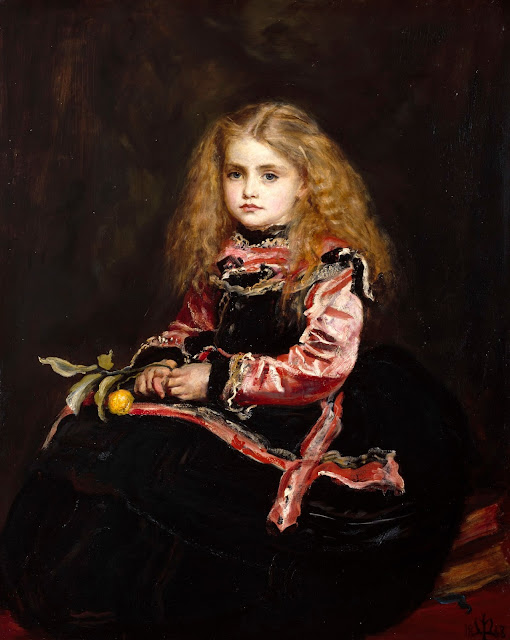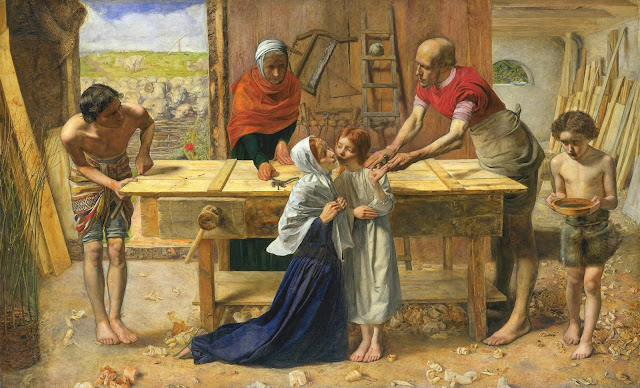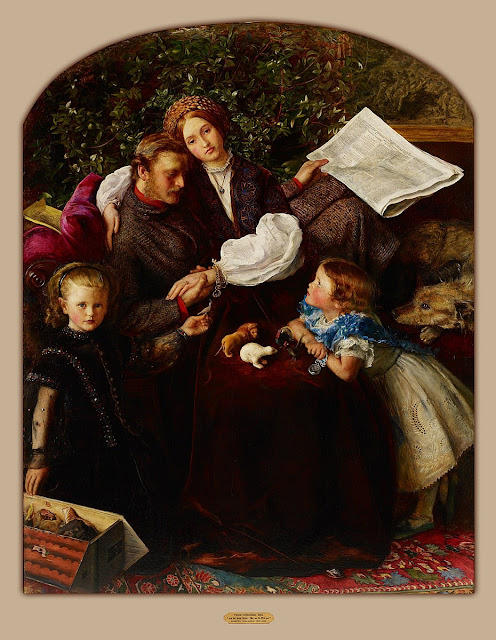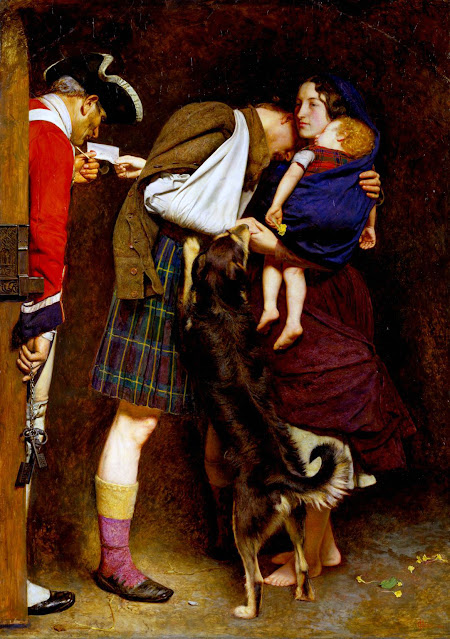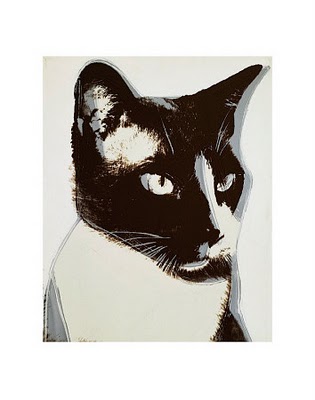Blind Girl by John Everett Millais (Interpretation and Analysis)
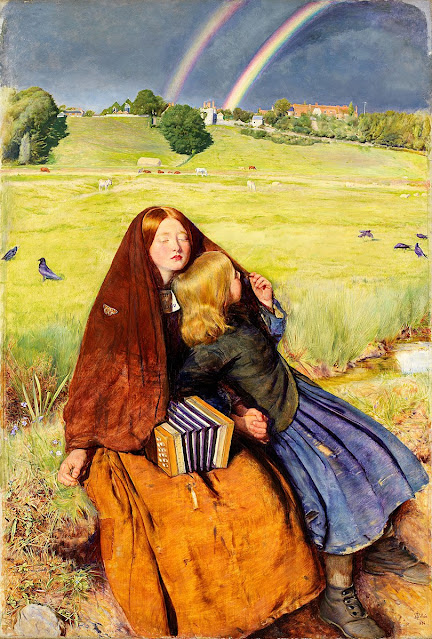
Blind Girl Source: Wikimedia Commons When English painter John Everett Millais moved to Scotland in 1855, he began a new chapter of his artistic career. Although Millais is best known as a member of the Pre-Raphaelite brotherhood, he experimented with many different artistic styles and techniques during his long career. Blind Girl was painted during this transitional period in Millais’ artistic life. The piece depicts two young beggar girls on the road outside of the town of Winchelsea. The older girl is blind; a sign that says “Pity the Blind” hangs around her neck, marking her condition. She holds an accordion on her lap, suggesting that she plays music to earn a few coins. Although she is blind, the girl is clearly enjoying the day. She rubs a piece of grass between her fingers, and her blissful expression shows that she’s enjoying the warm sun on her face. In contrast, the younger girl—who is presumably the blind girl’s sister—gazes out at the vibrant, green landscape. This landsc
